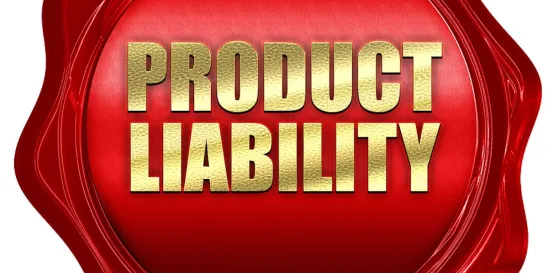- AI Issues are Potential Wild West of Mass Tort Territory – The increasing use of Artificial Intelligence may cause the emergence of mass tort claims rooted in defective product design or defective code.
- Increased Use of Public Nuisance – The expansion of the use of Public Nuisance as a means of assigning liability in mass torts is on the rise – particularly as the activity level of state attorneys generals increase. Rooted in real property jurisprudence, the doctrine is now at the center of several high-profile mass tort cases involving public health issues that do not fit neatly into the legal definition of strict liability. A Public Nuisance is one that has the potential to affect the health, safety, welfare, and/or comfort of the general public.
- Right to Repair Takes Center Stage in More State Legislatures – The debate in state capitols over user safety versus right to repair issues is expected to continue and pick up speed.
- New PFAS Claims Emerge – New PFAS-based claims are targeting consumer goods manufacturers and sellers, emphasizing false advertising, consumer protection violations, and deceptive statements made in marketing.
- Fallout from Changes to Federal Rule of Evidence 702 – Two tweaks to the rule may impact the use of expert testimony in federal courts. The changes are: (1) a court may not admit expert testimony unless the proponent establishes its admissibility by a preponderance of the evidence, and (2) a court must find that an expert’s opinion follows from a reliable application of the methodology to the facts at issue.
5 Trends to Watch: 2024 Products Liability & Mass Torts
Wednesday, January 31, 2024
Current Public Notices
Published: 12 August, 2025
Published: 11 August, 2025
Published: 11 August, 2025
Published: 8 August, 2025
Published: 8 August, 2025
Published: 29 July, 2025
Published: 28 July, 2025
Published: 23 July, 2025
Published: 21 July, 2025
Published: 18 July, 2025
Published: 26 June, 2025




 />i
/>i

